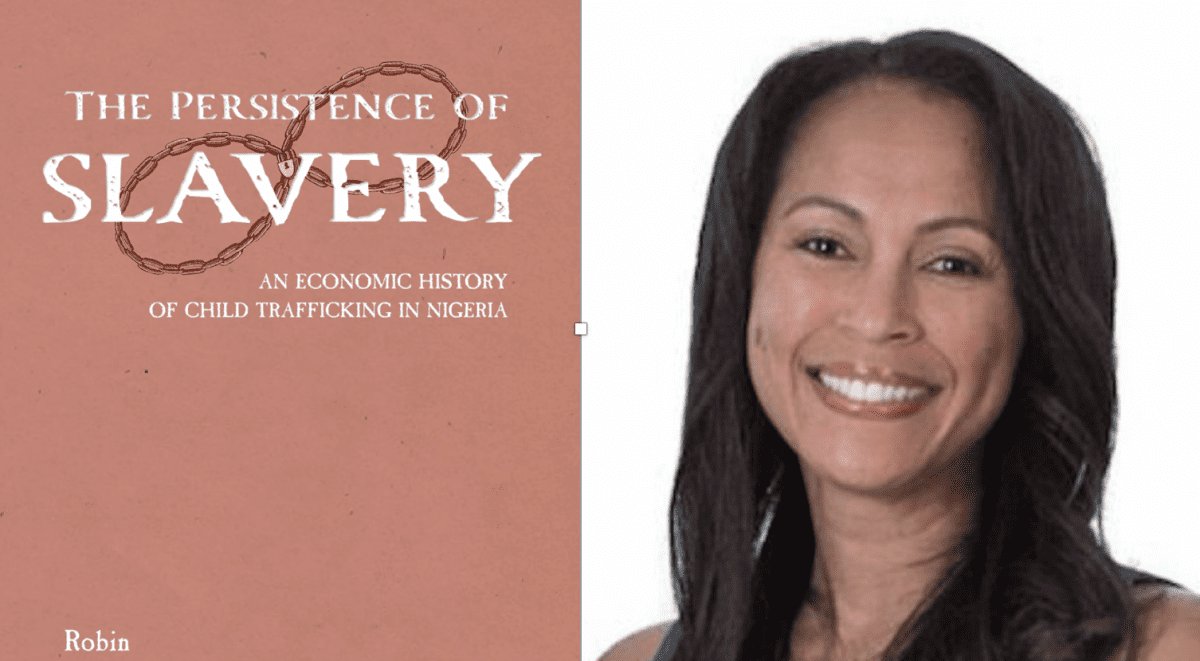
This book is more than a history of child trafficking in Nigeria. It offers an analysis of what I have termed the social economy of a child and answers the question: How can a child’s value be understood in economic contexts where children are items of exchange? It also seeks to understand the 1929 Women’s War as a women’s movement motivated by those who lost children to pawning practices. In addition, as the book details a gendered history of Nigerian women, it also outlines how women from the West and other countries outside of Nigeria demanded that child labor practices and child marriage be investigated, even if paternalistic, and how such an intervention created a rich and invaluable archive of materials.
The book features an interview with Dr. T. Obinkaram Echewa, author of I Saw the Sky Catch Fire (1993). Echewa was born in Igboland Southeastern Nigeria several years after the Women’s War but relayed the everlasting impression the women’s movement had on his village. All major natural disasters, social and political events, significant historical moments, and births were described in reference to the 1929 Woman’s War. He called the war “a time marker.”
This time marker continues to attract academic attention. I hope my book brings to light the prominence of children’s histories in Nigerian, African and global scholarship because local, national, and international histories can only be fully understood when children’s productive activities are examined.
Excerpt:
It is crucial that scholars and humanitarians recognize that slavery, in all of its various forms, has evolved over time. There existed neither a pause and reengagement in slaving practices from two hundred years ago to today nor an absolute reconfiguration of practices stemming from the same historical moment. The movement of bodies and use of labor has always depended on immediate economic, social, and political circumstances, as well as the reiteration and application of force and control. It is only in this nuanced manner that we can truly understand the persistence of slavery as it relates to child trafficking in Southeastern Nigeria today.

